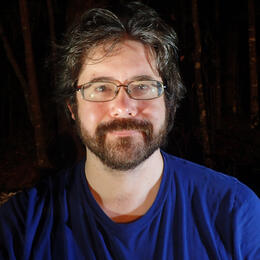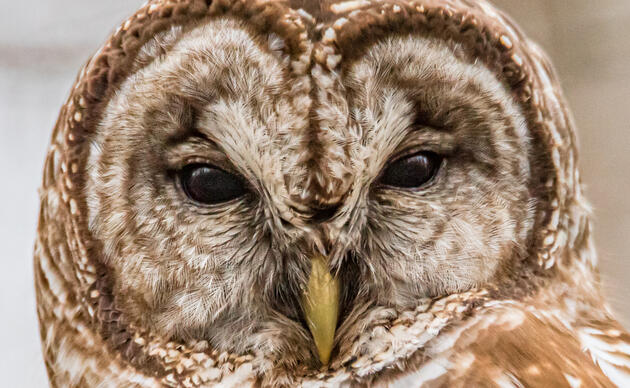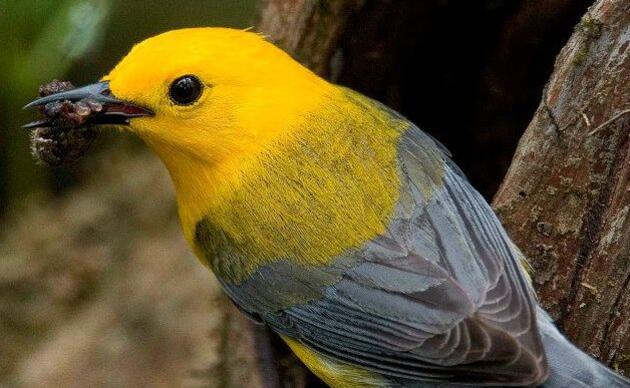For Firefly Nights 2025, we offered seven programs to the public. Overall things went smoothly, none of our programs were rained out (a few close calls) and we didn’t have to cancel the last few due to the water being too low. Instead, the water was a foot and a half higher than average throughout most of the season. Generally, we have high water in the spring that slowly dwindles towards summer; this year the swamp was lower than average in the spring and incredibly high in the summer.
As for the fireflies, the different species appeared around the same time as previous years, but what was different was their density in certain areas. For the last two years, there was a region in the first ¼ mile of the boardwalk that was rife with the Snappy Sync Fireflies (Photuris frontalis), which are known flashing all together at the same time, but this year it was almost entirely devoid of nightlife (rather, nightlights).
Instead, the synchronizing fireflies seemed stronger this summer in the visitor center parking lot, of all places! Though odd, the advantage for this area is that you have more room to roam and observe them, even though they feel a little more distant compared to the boardwalk. When you're on the boardwalk and they're active, they’re all around you, but in the parking lot they rarely venture onto the open road itself and instead linger along the low dense growth all around it.
So why the change in location? Hard to say, of course, since we only have two years of observations collected so far. There was snow this winter, and there was also flooding last fall, which impacted both areas. The parking lot didn’t flood like the forest did, but at the same time the forest also flooded in 2023 and that didn’t seem to impact the presence of the syncing fireflies the following year. The snow also fell in the parking lot, but there were still fireflies present there this year. As you can see, we’ve still got a lot to learn about these unique organisms!
I do think the water had a beneficial effect for the “lantern” fireflies, the ones that make a trail of light over a few seconds. These mysterious bugs definitely want to be over the water, and I noticed that these species would adjust locations as water levels rose and fell. Also, clustered along the edge between the wet parts of the swamp and the drier adjacent forest was a type of firefly that had a very distinct yellow flash. This species flashed a random 3 to 5 times before pausing for around 12 seconds, a pretty long interval and easy to miss.
Another new addition to the glowing pantheon at Beidler Forest (which includes not just fireflies but also foxfire, glowing fungus that feeds on rotten wood, and photoreactive pitch, dried sap that has phosphorus in it that glows after coming into contact with ultraviolet radiation) are railroad worms. I found these while taking photographs of the fireflies in the parking lot. These worms, likely adult females, are actually beetles. They glow consistently throughout the night, and move very little, making them easy to find when they are out. Like the fireflies, they lingered on the edges of the forest along the road, and they were fairly regular with one every twenty feet or so. They eat primarily millipedes, which would make them a boon to any garden in addition to their lovely glow effect.
I have no idea how to encourage railroad worms to spend time in your backyard, but I suspect that like fireflies, light pollution is a big deterrent, alongside habitat loss and indiscriminate spraying for mosquitoes. Interestingly, these are many of the same threats that birds face, too. It’s an odd pairing because their different hours of activity mean that it is unlikely that most birds ever interact with fireflies at all, as diurnal (active only during the day) birds tend to have terrible night vision, but if we can encourage our fellow humans to adopt and adhere practices and policies to benefit one it may also benefit the other!
If you’re hoping to experience fireflies at Beidler Forest for our 2026 Firefly Nights season, be sure to sign our interest form here for updates on when tickets will be available!




